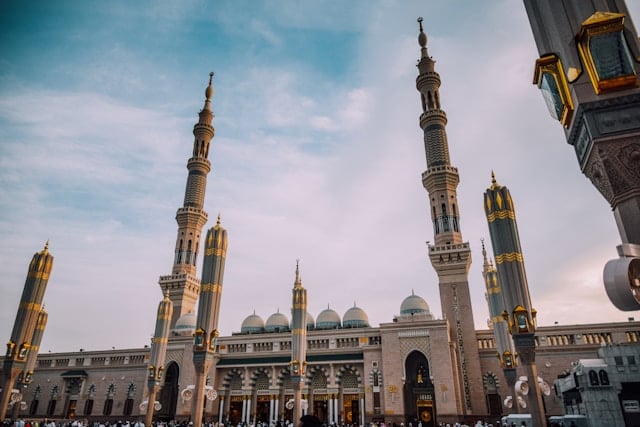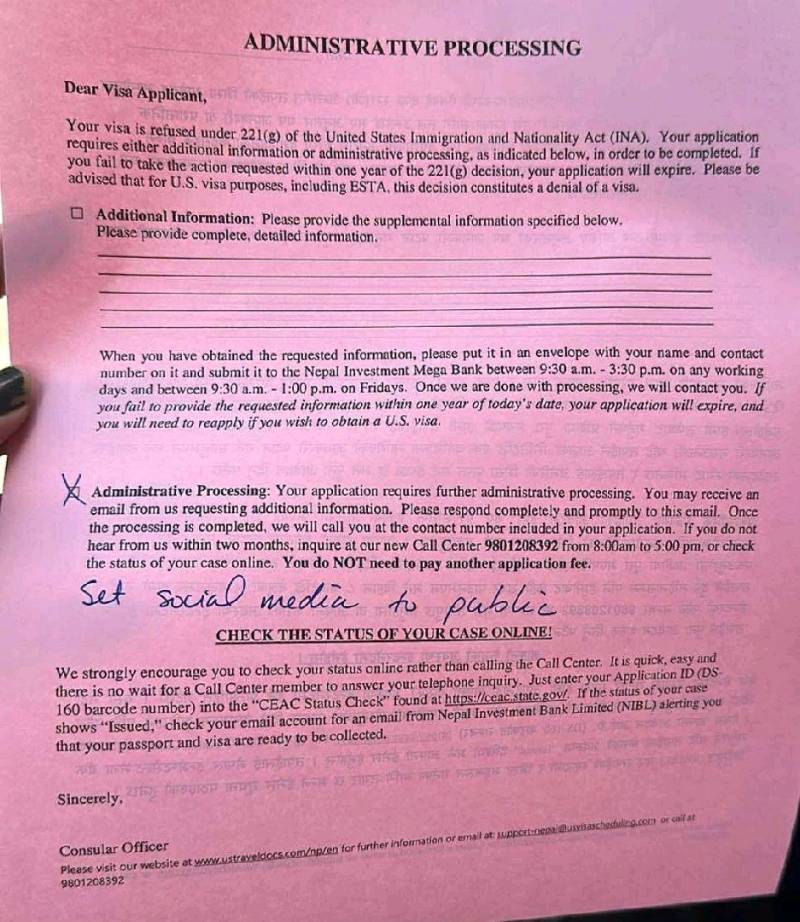Saudi Arabia is pushing ahead with an aviation overhaul under Vision 2030 that seeks to transform travel to, from, and within the Kingdom—powering tourism, trade, and new jobs while reshaping Middle East air routes. At the heart of the plan: tripling annual passenger traffic to 330 million by 2030, expanding connectivity to more than 250 destinations, and leaning on both Riyadh and Jeddah as major hubs to serve global travelers and cargo. Officials see Aviation Growth as central to wider economic diversification, and the country has tied these transport goals to tourism targets that aim to attract 100 million visitors by the end of the decade.
The national roadmap sets out a bold build-out of infrastructure and fleets. Government and private investors have pledged around $100 billion, according to the strategy outline, and airlines linked to the plan have placed large aircraft orders—about 475 aircraft across multiple carriers—to scale capacity. The country also intends to grow freight operations to 4.5 million tons of air cargo annually by 2030, anchoring the role of aviation in logistics and e-commerce.

A signature project in the capital is King Salman International Airport, a roughly $30 billion expansion designed to handle 120 million passengers by 2030 and up to 185 million by 2050. The design includes six parallel runways and sustainability features aimed at cutting emissions. Riyadh’s upgraded airport, alongside continued development in Jeddah, will support the broader Vision 2030 plan to turn the country into a leading global hub.
Strategy, scale, and sustainability
Saudi Arabia’s approach blends capacity growth with environmental goals. Through the Civil Aviation Environmental Sustainability Program (CAESP), the Kingdom aims to reach net-zero aviation emissions by 2060. The program spans airports, airlines, and air navigation, signaling that green targets will be built into everyday operations rather than left to optional pilot projects.
The challenge is clear: build fast and big, but also build cleaner. Officials say the plan ties investments in infrastructure to sustainability steps, including more efficient ground operations and future-ready design standards.
On the commercial side, connectivity is the watchword. The aviation strategy aims to extend flight networks to over 250 destinations across 29 airports, with carriers structuring routes and schedules to funnel long-haul and regional traffic through Riyadh and Jeddah. This complements the goal of drawing 100 million tourists by 2030, a target that rests on better air access, more predictable schedules, and stronger links between the Kingdom’s cities and key markets in Europe, Asia, and Africa.
Cargo is another growth pillar. Raising throughput to 4.5 million tons a year would place the country firmly on the map for express parcels, perishables, and high-value goods. That supports non-oil trade and strengthens supply chains for sectors the government hopes to scale, from manufacturing to retail to entertainment.
Major projects and capacity build-out
In Riyadh, the King Salman International Airport project captures the pace and ambition of the plan. By adding six parallel runways and terminal capacity sized for 120 million passengers within this decade, the expansion aims to ease congestion, spread traffic across more timebanks, and create room for new airlines and transfer flows.
Key features:
– Estimated cost: roughly $30 billion
– Capacity goals: 120 million passengers by 2030, up to 185 million by 2050
– Infrastructure: six parallel runways
– Sustainability: design and operations aligned with CAESP targets
Riyadh’s expansion emphasizes sustainable infrastructure as central to long-term goals for cleaner operations.
Private aviation and market diversification
The private aviation market is expanding quickly. International operators such as VistaJet have entered the Kingdom, signaling growing demand for business and luxury travel. This shift positions Saudi Arabia as a rival to the United Arab Emirates in premium aviation services.
While private aviation serves a smaller slice of the market, it contributes to the Kingdom’s goal of offering tailored air travel options—from budget to premium—across domestic and international routes.
Regulation, coordination, and implementation
The plan rests on close coordination among regulators and operators. The General Authority of Civil Aviation (GACA) plays a central role in implementing the strategy and ensuring compliance. Official communications from GACA frame the sector as a key driver of future growth and a major part of broader modernization plans.
For regulatory updates and sector policy details, readers can consult the General Authority of Civil Aviation (GACA): https://gaca.gov.sa
Fleet expansion and network effects
The Kingdom plans to ramp up fleet sizes across multiple airlines. The delivery stream tied to the approximately 475 aircraft in orders will support network expansion, more frequent flights, and new routes that tie into the Riyadh and Jeddah hub strategy.
This multi-airline approach is intended to:
– Serve different traveler segments—tourists, business travelers, regional commuters
– Avoid overloading a single carrier with too diverse a mission
– Enable competition and specialization across carriers
Economic and employment impacts
As of 2025, projects continue to roll out. Officials describe the sector as a future “engine” for economic growth that can:
– Diversify revenue sources
– Attract outside investment
– Provide jobs linked to airport operations, hospitality, legal services, retail, and technology
Sector stakeholders also point to benefits such as increased inbound events and exhibitions and stronger cargo links that support entrepreneurs and small businesses.
The government’s about $100 billion investment envelope is designed to unlock private capital and draw global partners—from technology suppliers to airport service providers. Expansion of private aviation further broadens demand for premium travel and business connectivity that supports meetings, investment, and high-end tourism.
Passenger experience, business benefits, and workforce development
For travelers:
– More flight options
– Smoother transfers
– Wider access to the Kingdom’s cities and attractions
For businesses:
– Deeper route network
– Higher cargo capacity
– Reduced shipping times and access to new markets
For workers:
– Training opportunities
– Jobs across operations and support services
The plan calls for stronger domestic and international market development, ensuring that new capacity is matched with demand across different customer groups.
Dual-hub strategy: Riyadh and Jeddah
The dual-hub lens—using both Riyadh and Jeddah—aims to distribute traffic and ensure coverage across long-haul and regional flows:
– Riyadh (King Salman International Airport): will carry much of the expansion load and serve as a major long-haul hub.
– Jeddah: positioned to serve religious tourism and broader regional travel.
This separation of strengths supports network stability and helps carriers plan routes more efficiently.
Operational and environmental challenges
Delivering on the 330 million passenger target and the 4.5 million tons cargo goal requires:
1. Training large numbers of operational staff
2. Adopting advanced technology for operations and passenger services
3. Maintaining a strong customer focus to handle peaks without sacrificing punctuality
The strategy recognizes these requirements by embedding regulatory oversight through GACA and encouraging partnerships that bring private-sector expertise.
Environmentally, CAESP’s net-zero by 2060 aim is a long-term direction. Interim, system-wide steps are prioritized:
– Design choices that cut energy use
– Smarter air traffic management to reduce holding times
– Efficient ground services to lower emissions
CAESP places responsibility for emissions across the system—not just aircraft—emphasizing air navigation efficiency and smarter ground handling.
Outlook and strategic implications
In sum, the Kingdom’s Aviation Growth agenda under Vision 2030 ties physical expansion to economic and environmental goals: more flights and destinations, stronger cargo links, modern airports with sustainable features, and a regulatory structure designed to keep pace.
Key headline numbers:
– 330 million passengers (annual target by 2030)
– 250+ destinations
– 4.5 million tons of cargo (annual target by 2030)
– About $100 billion in investment
– Six parallel runways planned for Riyadh
– Net-zero by 2060 (CAESP)
The strategy leans on Riyadh and Jeddah to carry the hub role together, with each city serving distinct strengths and travel flows.
The outlook as of 2025 is steady progress on infrastructure, fleet growth, and market development. With continued investment and careful implementation, Saudi Arabia is positioning itself as a leading aviation center in the Middle East and beyond—an air network built to support tourism, trade, and the wider goals of Vision 2030.
This Article in a Nutshell
Under Vision 2030, Saudi Arabia plans a sweeping aviation expansion to triple annual passenger traffic to 330 million by 2030, connect to more than 250 destinations, and grow air cargo to 4.5 million tons annually. The strategy pairs a roughly $100 billion investment envelope with fleet orders of about 475 aircraft and major infrastructure projects such as the King Salman International Airport in Riyadh, designed for 120 million passengers by 2030 and six parallel runways. Sustainability is integral: the Civil Aviation Environmental Sustainability Program aims for net-zero aviation emissions by 2060. A dual-hub model leveraging Riyadh and Jeddah will distribute traffic, support tourism goals of 100 million visitors, and drive economic diversification, while implementation hinges on regulatory coordination (GACA), workforce training, and technology adoption.













